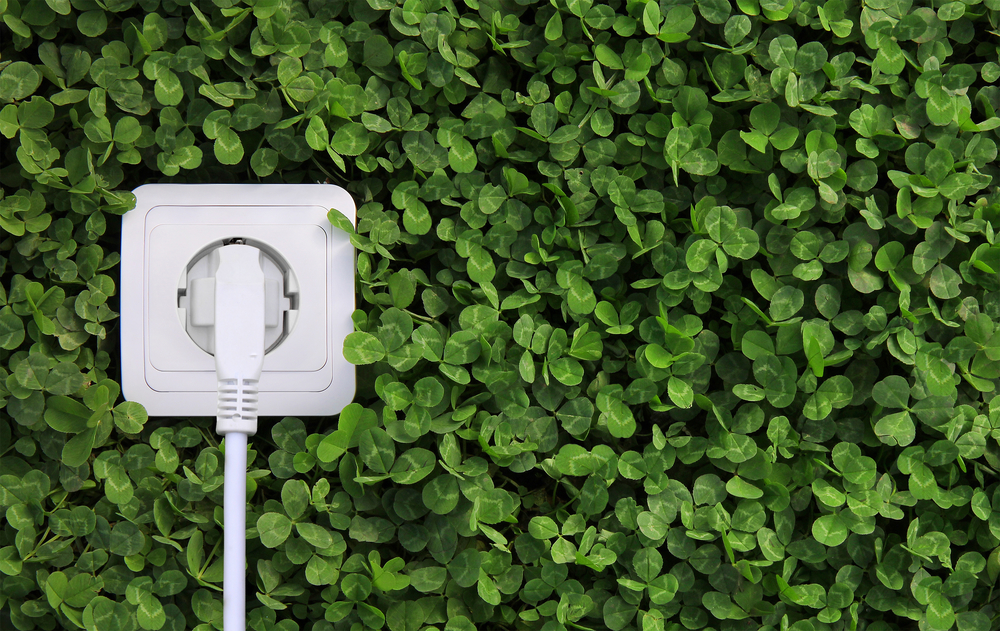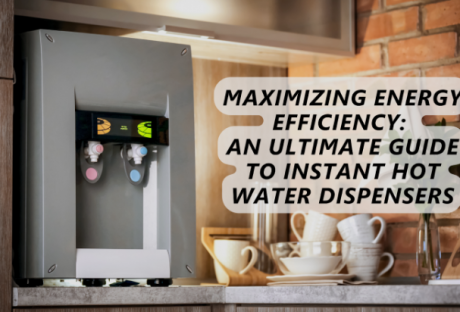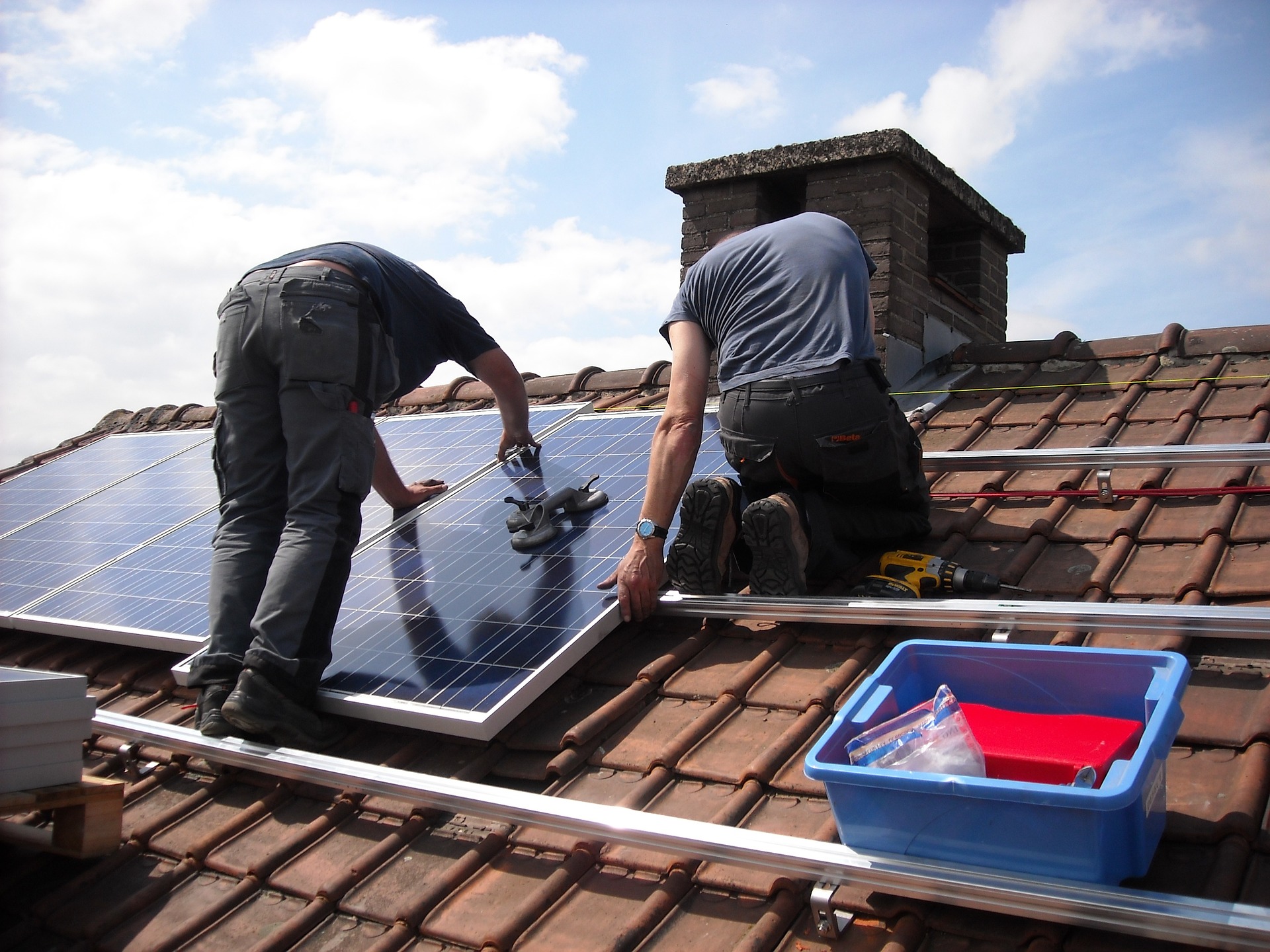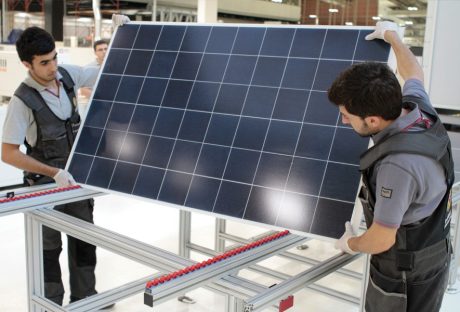In the face of exhaustion of so many natural resources and ever-increasing pollution some of them cause, the need has arisen for renewable and less aggressive sources of energy. You must have heard of so many alternatives to fossil fuels which, unlike them, can be regenerated or replenished.
If you are environmentally conscious or trying to become so, you are probably thinking about introducing some of those alternative resources, at least partially, since any decrease in CO2 emission or electricity usage is helpful to the planet. Numerous tech companies are attempting to introduce these technologies into our everyday lives like https://www.streetlights-solar.com/solar-street-lighting.html.
Here is a brief overview of the most popular and most convenient renewable energy sources. The most popular ones are biomass, geothermal, wind, solar and water. They are all very useful and applicable in the industry, however not all of them can be easily introduced in your household, so here some more info about that, too.
Solar Energy Systems
Photovoltaic (solar) systems have become the most widely spread renewable source of energy in households. Solar modules turn solar energy into electricity. They can be used to provide electricity, heating and hot water. These photovoltaic modules, better known as solar panels, have no movable parts, so they’re quite reliable and don’t require much maintenance.
The most common way they are made is a group of photovoltaic cells in order to reach a size and electrical output which makes it viable and usable. They are really practical and suitable to use both in rural and urban areas because they don’t take up too much space, they don’t make any noise and aren’t heavy. Once installed, these devices are completely independent of the electrical grid and can power the devices that are connected to them.
There are several types of photovoltaic cells, so always contact solar energy experts for help before you make a decision which ones to install. Solar panels come in different sizes, from 2 to 350 Wp electricity output, but the most widely sold and used sizes are from 160 to 240 Wp. Photovoltaic modules are either stand-alone, usually installed in a frame, free-standing or on a roof, or most often integrated into the building itself.
Wind Generators
I’m sure you’ve all seen those huge wind turbines beside the road, but did you know you can actually have a wind generator at home? Wind turbines normally use horizontal axis with propeller-like blades, but wind more aerodynamic wind generators and the ones with the vertical axis are also being developed in order to try and overcome the problem of noise in urban usage. They are less efficient than the horizontal axis turbines but offer a compromise which can bring them to the urban households.
Household wind generators are normally used to charge the battery bank for stand-alone electricity systems. They are usually installed in distant, semi-rural locations in order to optimize the output potential. Wind generators for domestic use are usually sized from about 300W to as high as 20kW. It is necessary to assess the location’s potential before choosing the size.
Combination of wind and solar systems is ideal for the whole year-round, as the photovoltaic panels are the best in the summer, and wind generators are the most efficient in winter.
Small Hydro Generators
These generators are the least frequent domestic source of renewable energy as they operate by converting the flowing water energy to electricity and locations with sufficient source of the flowing water energy are incredibly difficult to find. Again, just like with the two previous systems, it is necessary to consults the experts assess the potential of hydro system site.
Despite the apparent difficulties, more and more people are opting to use some degree of renewable energies in a bid to combat the worst of climate change and global warming.
Read More:






















